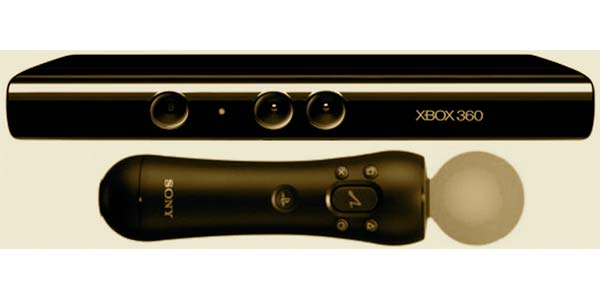When you think of a stereotypical gamer, the first person that pops into your head probably isn’t blind, deaf, or missing any fingers. Even so, a quick search on Youtube will bring up several videos of people finding a way around their disabilities in order to enjoy the hobby they love. There are plenty of hurdles in their way, though—and plenty of ways developers can make gaming easier for them. Game accessibility for everyone is difficult to achieve, since making exceptions for a minority of disabled gamers could mean ruining it for the majority. However, there are a few simple ways to make gaming enjoyable without drastically changing the game. Here are five of them.
5) Remappable Controls
Whether dealing with a motion impairment or just plain lack of mobility, some people only have a select amount of buttons to work with. When a game requires you to press five buttons at once, all across the controller, the task becomes very difficult for them (bordering on impossible). Making a game that has one button and one directional input is one way to deal with that, but it also undermines the whole point of a complex controller. Making buttons remappable allows those with motion disabilities to choose where to put their keys and those without to play normally.
4) Voice Input
Voice input is something which benefits a huge amount of people—including those with vision loss and motor disabilities. Since voice input often takes a huge amount of development time, most games that feature it only do so lightly or optionally. Perhaps you can chat or give orders to your teammates, perhaps you can browse through a menu—but you’ll rarely see a game where actually useful controls, such as regular buttons, have a voice input control option.
3) Stereo Sound
Well, here we have it. The single most useful accessibility feature to a blind person (other than #2, of course). Stereo sound allows players to locate enemies and friends alike, identify barriers in the world map, and track distant enemies. To someone who can only ‘see’ with sound, the better the stereo system, the easier the game will be for them to play. However, stereo sound should also be an option—those with hearing impediments in one ear but not the other will find stereo sound to actually be detrimental to their gameplay!
2) Text to Speech
The single most difficult thing on the list, text to speech is another way to assist the blind. Voice acting can help tons when it comes to cut scenes, but as soon as they are over, gamers have to deal with menus. The huge amount of menus and submenus in role-play games are difficult to memorize, so text-to-speech is a huge benefit for those with visual loss who want to enjoy a classic genre.
1) Subtitles for Voice and Sound Effects
Luckily, subtitles are a common feature in today’s gaming world. However, subtitles with sounds included are still a rare sight. While sound effects can certainly help immerse a gamer in the world, they also help them locate enemies, traps, items, and locations—if a deaf person was playing a game and needed to detect any of these things, they would be out of luck even with subtitles on. This is simple for game developers to add in, so hopefully we will see more of these as time goes on.
